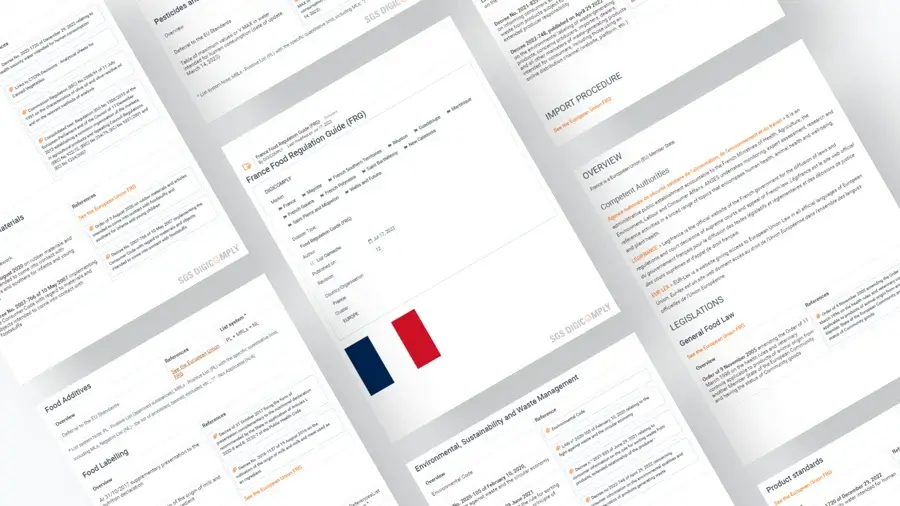Regulatory Bodies Overseeing the Food Industry in China
China, with its vast population and expanding consumer market, has a highly complex and structured food regulatory system designed to ensure food safety and quality. Various governmental bodies are responsible for overseeing different aspects of the food industry, each with specific roles and mandates. These organizations work together to ensure that food products meet national standards and regulations.
State Administration for Market Regulation (SAMR)
The State Administration for Market Regulation (SAMR) is the primary regulatory authority overseeing the food industry in China. Established in 2018, SAMR is responsible for a wide range of activities, including the supervision of food safety, quality control, and market competition. It plays a crucial role in the formulation and implementation of food safety standards and laws. SAMR's responsibilities include:
- Overseeing the enforcement of food safety regulations across the country.
- Implementing measures to prevent food safety incidents and crises.
- Regulating the labeling, packaging, and advertising of food products.
- Monitoring and inspecting food production processes to ensure compliance with safety standards.
National Health Commission (NHC)
The National Health Commission (NHC) is another pivotal organization in China's food regulatory framework. It is primarily responsible for public health, including the nutritional standards and health guidelines related to food consumption. The NHC's functions include:
- Developing and updating dietary guidelines and nutrition policies.
- Conducting research on nutrition and public health related to food.
- Collaborating with other agencies to assess and manage food safety risks.
- Providing public education on food safety and nutrition.
General Administration of Customs (GAC)
The General Administration of Customs (GAC) plays a critical role in regulating the import and export of food products. It ensures that all imported and exported food items meet China's stringent safety standards. Key responsibilities of the GAC include:
- Inspecting and quarantining imported food products to prevent the entry of unsafe goods.
- Monitoring compliance with international trade agreements related to food safety.
- Coordinating with other regulatory bodies to address cross-border food safety issues.
Ministry of Agriculture and Rural Affairs (MARA)
The Ministry of Agriculture and Rural Affairs (MARA) oversees agricultural production and food supply chains. It plays a vital role in ensuring the quality and safety of raw agricultural products. MARA's tasks include:
- Regulating pesticide use and monitoring residues in agricultural products.
- Promoting sustainable agricultural practices to enhance food safety.
- Implementing quality control measures in the production of primary agricultural goods.
- Facilitating research and development in food safety technology and methods.
China National Center for Food Safety Risk Assessment (CFSA)
The China National Center for Food Safety Risk Assessment (CFSA) is a specialized institution focused on risk assessment and research related to food safety. It provides scientific support and data for policy-making and regulatory decisions. CFSA's primary responsibilities include:
- Conducting risk assessments for food additives, contaminants, and other hazards.
- Developing and revising national food safety standards based on scientific evidence.
- Collaborating internationally to share research and best practices in food safety.
Conclusion
The regulatory framework for the food industry in China is extensive and involves multiple agencies, each with specific roles in ensuring food safety and quality. Through coordinated efforts, these bodies aim to protect public health, maintain consumer confidence, and support the sustainable development of the food sector. The collaborative work of SAMR, NHC, GAC, MARA, and CFSA exemplifies China's commitment to upholding high standards in food safety and regulation.





